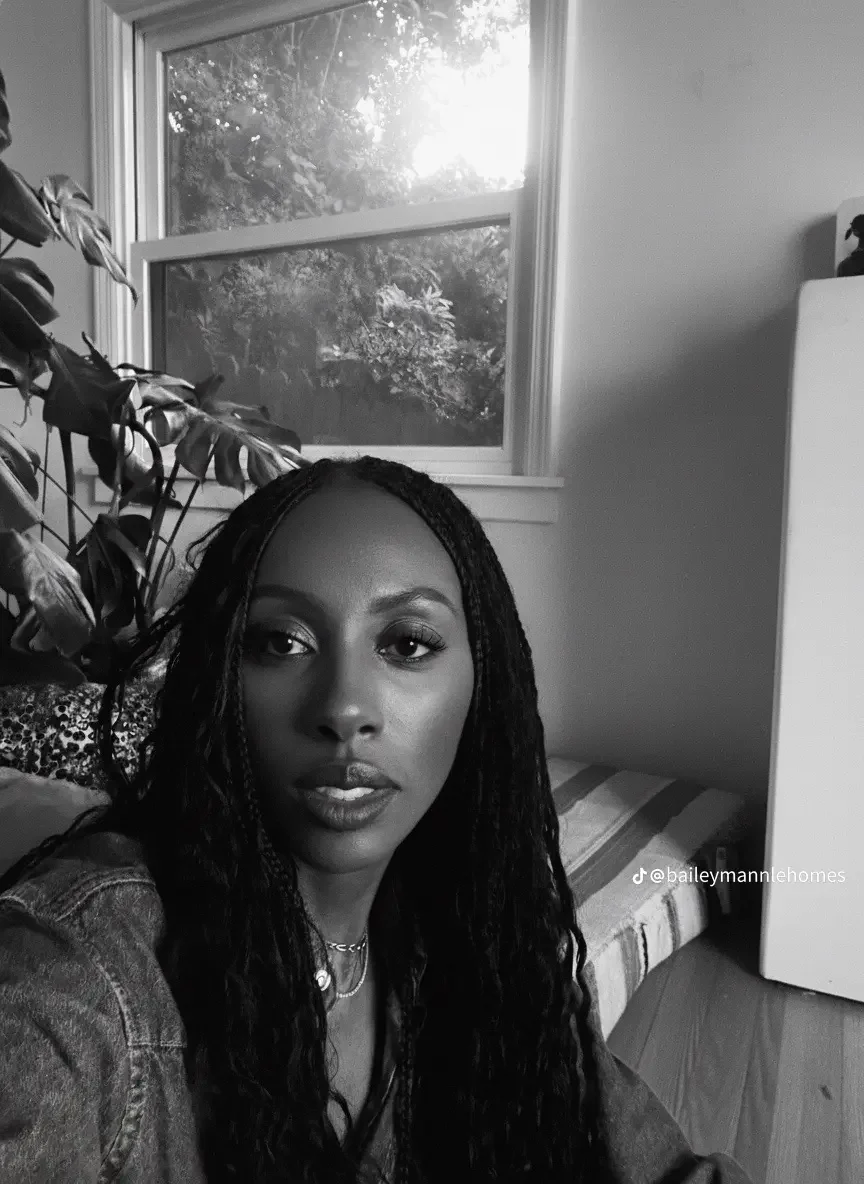Nathalie - Color multiples in impact as it scales. What seems soft on a swatch can feel intense when it covers an entire room, especially in color-drenching where walls, trim, and even ceilings share the same or harmonized hues. Context is everything.
Begin by observing your space. How much natural light does it get? North-facing rooms cool colors, while south-facing rooms warm them. Artificial lighting also shifts perception depending on whether it leans warm, cool, or neutral.
If a color you love feels too bold, do not discard it, refine it.
Aiesha - You’re originally from New York and have lived in France and London. How does light and architecture affect color choices in Los Angeles compared to those places?
Nathalie - Geography plays a major role in how we experience color, and light quality is one of the most critical factors I consider when building a palette.
Southern California is known for its warm, golden light - especially in late afternoon. That kind of sunlight can make colors appear more saturated, sometimes even exaggerated. So, when I use bold hues here, the concern isn’t that they’ll feel flat - it’s that they might overwhelm or cause “color bounce,” where walls reflect more color into the space than expected.
In contrast, cities like New York, Paris, or London tend to have cooler, diffused light due to weather and seasonal grayness. In those environments, colors read more subdued, even moody. Richer tones feel cozy rather than loud. The concern there is usually about making sure a space doesn’t feel too dim or cold.
What feels romantic in a London flat might feel garish in a California bungalow, simply because of the surrounding light and architecture. The same red may feel warm and elegant in one setting - and jarring in another.











